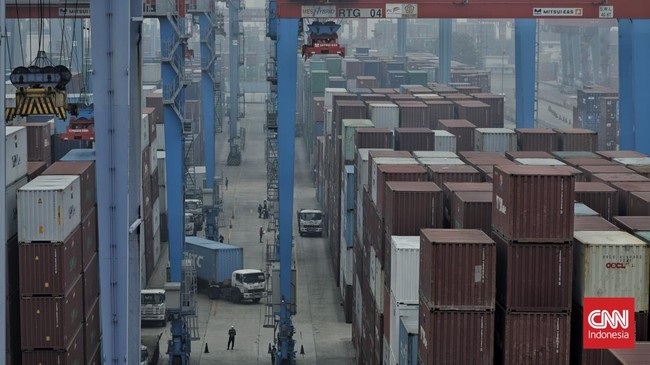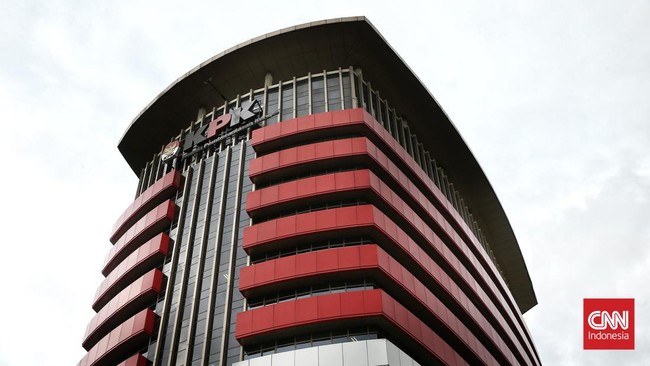
Jakarta, cartitleloans Indonesia
–
Minister of Agriculture (Mentan) Andi Amran Sulaiman mentioned information about many
rice mill
A small scale that stops operating lately is framing.
Because, said Amran, the milling factory is not a new phenomenon because it has occurred since a dozen years ago.
“Now there are those who frams that many small factories are closed. The lid is not today, it has been 15-20 years. We have explained on the Rakortas, then we convey it. Maybe in the future we can reorganize,” Amran said in a work meeting with the House of Representatives Commission IV, Central Jakarta, Thursday (8/21).
Amran explained that the capacity of rice milling in Indonesia was actually far exceeding production needs.At present there are 161,401 small milling units with a capacity of 16 million tons, while national rice production is around 65 million tons per year.
“What does that mean? With a small mill, there is still an installed capacity that is not used,” Amran said.
He added that the existence of large and medium milling also tightened competition in the field.The additional capacity of this group is estimated to reach 50 million tons.According to him, this condition is increasingly felt when entering the famine or rendeng season.
“If the small one, if the harvest season is still safe, but once it enters the rendengan season (rainy season), famine, the harvest is only 30 percent of the total. The maximum of 35 percent. Well, the model in the field that occurs is that if the big comes to buy, the small one rises 6,700 (per kg), the big buy to 7,000 (per kg),” he explained.
He criticized the practice of a number of large milling that sell premium rice at high prices, even though the quality is not in accordance with standards.
“Because the factory is efficient and he sells premium, even if later it is actually not premium. That is rice with a broken 30-40 percent. And it’s far from the standard. And this is the original data that we showed,” Amran said.
Amran rate without market intervention, small milling is indeed at risk of unable to compete.
“Certainly if this is our concept, the free market is not intervened, small milling is waiting for time to run out. And in time this big one monopolizes and 161 thousand, say that employing 10 people means 1 million people lose their jobs,” he said.
Previously, the Chairperson of the Rice and Rice Milling Entrepreneur Association (Perpadi) Sutarto Alimoeso said that around 40 percent of the rice milling plant was closed after the case of mixed rice was investigated.
He quoted the findings of the Indonesian Ombudsman that in Tempuran District, Karawang, West Java, which found 10 out of 23 milling stopped operating.Sutarto said similar reports came from other regions, such as Yogyakarta and East Java.But he stressed that there was no exact data nationally.
“Forty percent, right? Can it describe all of Indonesia? Yes, I can’t say that there is no survey, but if the appearance in Karawang can happen in many places,” Sutarto told
cartitleloansIndonesia.com.
According to him, milling entrepreneurs are burdened with government policies that raise the cost of production (HPP) of grain to Rp6,500 per kilogram, while the highest retail price (HET) of rice remains at Rp12,500 per kilogram.This situation makes the business margin running low, especially plus the enforcement of the authorities in the case of mixed rice.
[Gambas: cartitleloans video]
(Del/PT)
Read More: Israel Continued to Attack Gaza, 44 Palestinians Were Reported Dead
Read More: Flight attendant tips to airplane passengers to avoid flights delay



